Save the BUSTARD What can we learn from the UK Great Bustard reintroduction?
Saevus
|December 2020 - February 2021
Dangerously close to extinction, the Great Indian Bustard’s survival depends upon close co-operation, grassland protection and habitat restoration, among other concerns.

Common Name: Great Bustard
Scientific Name: Otis tarda tarda
IUCN status: Vulnerable
Population and distribution: Global population around 44,000 – 57,000, range is across Eurasia from Iberia and Morocco to China.
Behaviour: Male and female have separate groups (droves), slow gait, long and deeply fingered wings, generally silent, sometimes nasal bark when threatened, can’t perch (due to absence of opposable hind claw)
Feeding habit: Omnivorous -- young shoots, leaves, fruits, flowers. Insects and lizards are also consumed. Young birds are mainly carnivorous.
Habitat: Prefer lowland, river valleys, and undulating open country, adapted to agricultural landscapes
Breeding: Females are very selective, males elaborately display, males mature at four years and females at two years, polygamous, the largest sexual size dimorphism in body mass.
Nesting: Males have no role in nesting, female alone takes care of incubation and hatching, nests on the ground, usually two eggs.

“David, how do you ensure that the chicks do not imprint on humans while being raised in captivity?”. David, maintaining his momentum, replied, “A dehumanising suit with no obvious hands and legs helps to avoid human imprinting. Use of a puppet feeder also helps”.
Bu hikaye Saevus dergisinin December 2020 - February 2021 baskısından alınmıştır.
Binlerce özenle seçilmiş premium hikayeye ve 9.000'den fazla dergi ve gazeteye erişmek için Magzter GOLD'a abone olun.
Zaten abone misiniz? Oturum aç
Saevus'den DAHA FAZLA HİKAYE
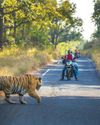
Saevus
Staying ALIVE!
The importance of getting to the root causes of conflict with wildlife, is essential. Its mitigation will guarantee the very survival of all species.
8 mins
SAEVUS NOVEMBER 23 MARCH 24
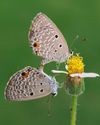
Saevus
Frames from the WILD
A few amazing shots from a horde of incredible ones!
3 mins
SAEVUS NOVEMBER 23 MARCH 24
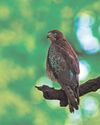
Saevus
WAKE UP!
A frightening thought a world without wildlife, mornings without birdsong, and all that we take for granted! We must realise the dangers threatening the beauteous green world and its inhabitants around us!
4 mins
SAEVUS NOVEMBER 23 MARCH 24

Saevus
Dolphin DILEMMA!
A crucial article to highlight the significance, and plight of Our riverine friends.
3 mins
SAEVUS NOVEMBER 23 MARCH 24
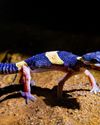
Saevus
Gecko Quest!
The authors take us on the trail of a gecko from West Bengal, through the hills of the Bankura district.
2 mins
SAEVUS NOVEMBER 23 MARCH 24
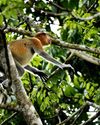
Saevus
Endangered EXOTICA!
The author takes us on an exotic ride into the forests of Malaysia, allowing us glimpses of the beauties of its wildlife!
3 mins
SAEVUS NOVEMBER 23 MARCH 24
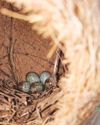
Saevus
Mellifluous Magpie!
Immerse yourselves in the world of the musical and glorious Magpie Robin! The authors help acquaint us with this beautiful bird.
15 mins
SAEVUS NOVEMBER 23 MARCH 24
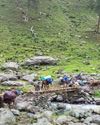
Saevus
Think Different!
The author brings to us the very real concern for the horses employed around pilgrimage sites in India.
4 mins
SAEVUS NOVEMBER 23 MARCH 24
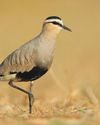
Saevus
Take Heed!
The authors make a case for the conservation of the rare and lesser-known Sociable Lapwing.
6 mins
SAEVUS NOVEMBER 23 MARCH 24
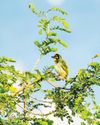
Saevus
Close Encounters!
The author introduces us to two amazing yet very different bird species, showing us the diversity of our ecosystems,
4 mins
SAEVUS NOVEMBER 23 MARCH 24
Translate
Change font size

